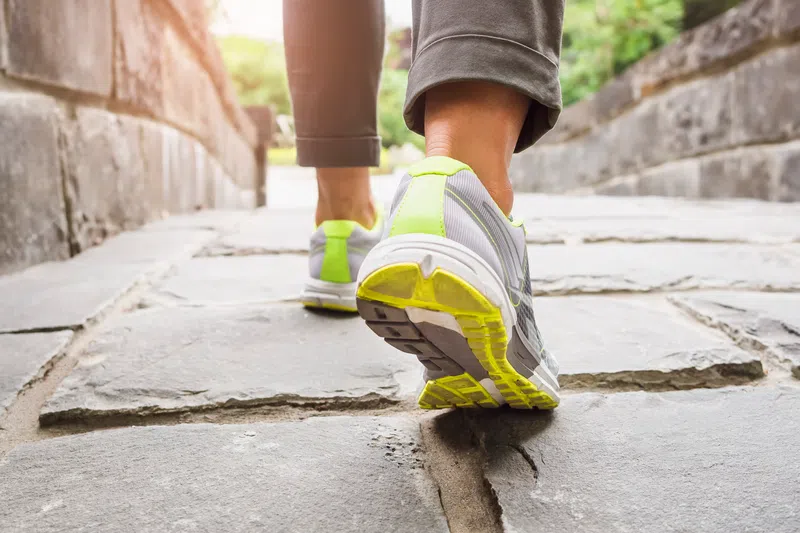
CHARBONNEAU: We’ve evolved to move
HERMAN PONTZER’S DISCOVERY defied common sense. He found that exercise doesn’t result in weight loss,
Defying logic, upsetting the plans of many to lose weight through exercise, and threatening exercise industries — there is no connection between excise and calories burned.
Pontzer, an anthropologist at Duke University, lived with the Hadza people of northern Tanzania. He wanted to find out how many calories these hunter-gathers burned. It’s a gruelling, energy-intensive lifestyle. He compared the calories burned by the Hadza with those burned by average adults in the US and Europe. They were the same. Even comparing average and sedentary adults of the Western world, they were the same. Pontzer was astonished:
“When the analyses came back from Baylor [university], the Hadza looked the same as everyone else. Hadza men ate and burned about 2,600 calories. Hadza women about 1,900 calories as day — the same as adults in the US or Europe. We looked at the data every way imaginable, accounting for effects of body size, fat percentage, age, and sex. No difference. How was it possible? What were we missing? (Scientific American, February, 2017)”


